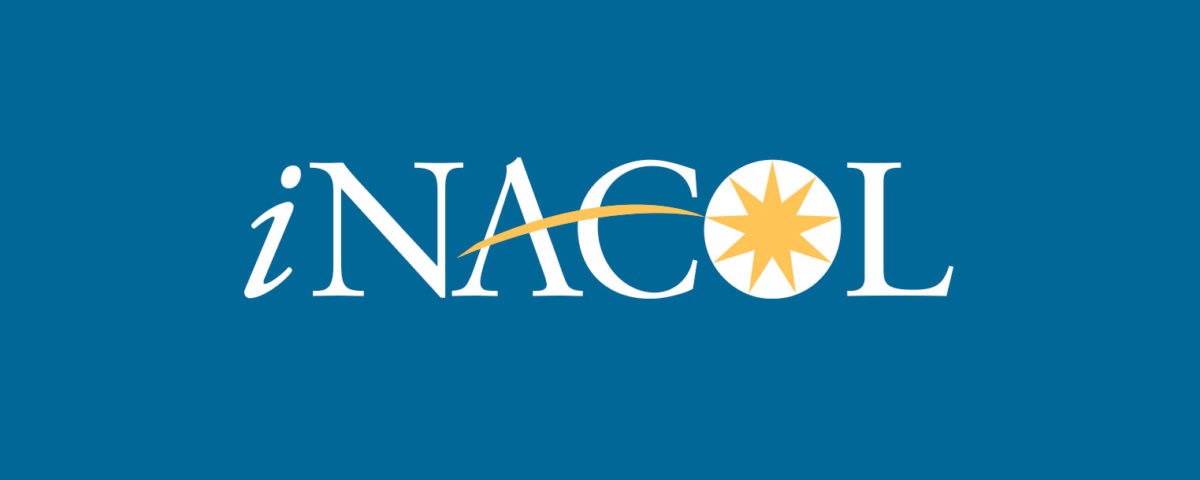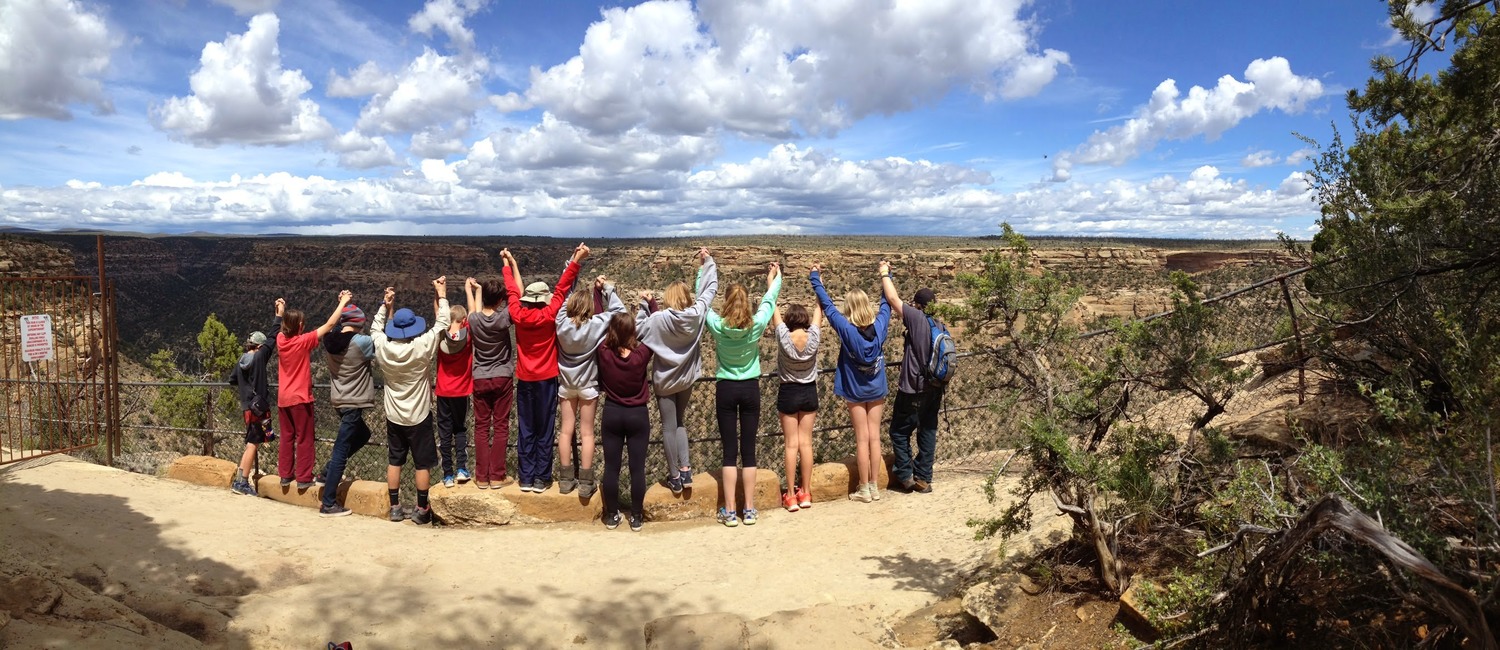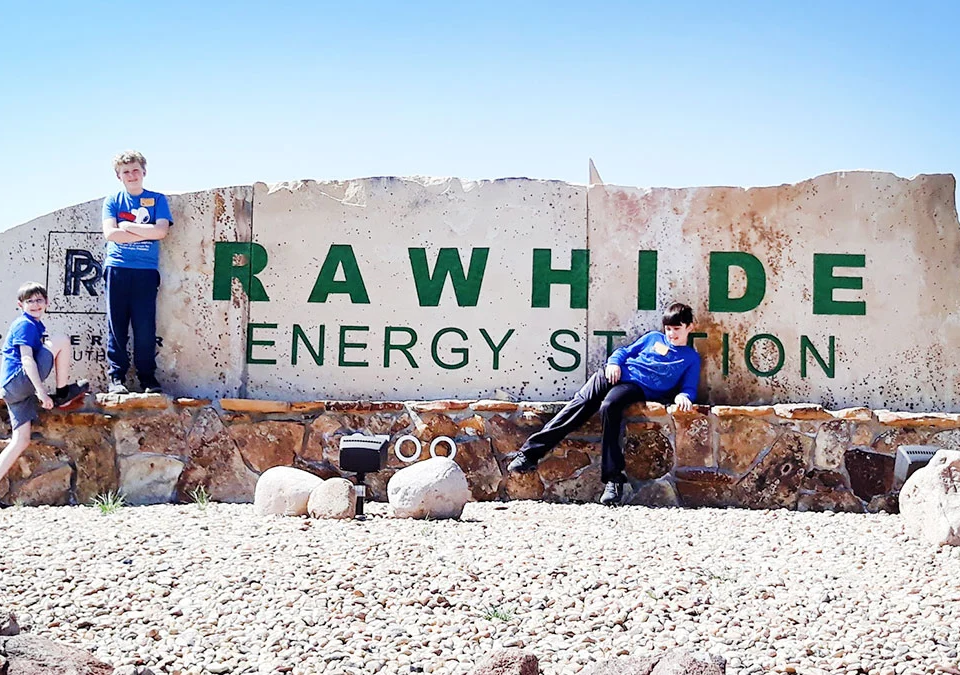Already a member? Log in to the Member Site at members.mastery.org.

Executive Director Search Launches
October 3, 2017
The Shift to Competency-Based Education
November 30, 2017A Design Challenge


Meeting the Needs of Students, Parents, and Colleges
It’s worth pausing to consider why some find the following statement controversial: Assessment should advance learning. Not measure, record, punctuate, summarize, or complete. Advance.
But we at Watershed School believe assessment should actually move learning forward. Our educators are clear on this. Yet a system that’s best for student learning sometimes runs counter to the college admissions process that, despite the best of intentions, tends to prioritize rigid and one-dimensional assessments as measures of a student’s learning. In other words, they prioritize grades.
This tension has been with Watershed since its founding. We’ve relied on lengthy narratives as a primary way to communicate student progress. We’ve never awarded letter grades. That said, we’ve always gained 100 percent college acceptance–even though we’ve struggled to provide colleges with information they can digest.
That’s why we were one of the first schools to join the Mastery Transcript Consortium, a collective of high schools organized around the development and dissemination of an alternative model of assessment, crediting and transcript generation.
It was evident from the MTC vision that a mastery transcript could be a long term solution to our challenges around assessment and the presentation of our students in the college process. And yet with so much time and energy already invested at Watershed, we felt we could contribute to the movement right now by conducting some internal research into the needs of students, parents, and colleges. Our students are seeking admission to selective colleges and universities now, and there’s a whole cycle of high school students who deserve more meaningful feedback in the meantime. Ultimately, we were able to make positive changes to our current system, while ultimately affirming our decision to join and partner with MTC for the work ahead.
So our faculty spent the last year engaged in a design challenge that sought to uncover the human needs at the heart of assessment and transcripts. We asked the question, “How might we better communicate information about student learning?”
Over the course of the year, we collected a breadth of stories from students, parents, and colleges alike. We looked at different models from peer schools and developed some ideas about how we could improve our processes.
Ultimately, what we discovered reaffirmed our commitment to the work of the Mastery Transcript Consortium just as it clarified the urgent need to re-envision how we credit, assess and advance each student’s learning.
Student Needs
Gathering students in our weekly community meeting, we asked them to tell us the story of what happened the last time they received their progress report. We found that, even without a GPA, parents were trying to convert progress into letter grades; the old mental models were powerful, even when parents had consciously chosen a progressive school!
Students didn’t see reports capture their growth over time, and they didn’t see their areas of relative strength and weakness captured in a final proficiency level. Students were grateful that our teachers knew them well–but they were frustrated with how it all boiled down to a final word: in our case, exemplary, accomplished, developing, or beginning.
What do students need from assessment? After several series of interviews capturing virtually all students, our faculty found that students need:
- To understand how they are doing, how to improve, and how to be on track for where they want to be
- To know where they stand in relation to each other or a broader pool
- To feel like their hard work is validated by their assessment
- To feel like the process is equitable
- To know how to develop to the next level of skill and understanding
- To feel in control of their performance
Parent Needs
We also interviewed and surveyed parents. We found parent anxiety about how their children were doing and a desire for more information about where their children should focus. More than anything, we found that parents didn’t like feeling surprised–and they wanted to feel connected with the children whose school day they don’t get to see. Ultimately, we distilled parent needs into three areas:
- To consistently know how their child is doing
- To assist their child’s growth
- To feel connected
College Needs
Finally, we talked to a range of college admissions representatives who faced the challenge of distilling complex information quickly. We were providing narrative information about each student, but colleges needed a level of benchmarking and an ability to compare different students. More than anything, they needed to make decisions quickly. Our faculty collected their interviews and surveys and identified that colleges needed:
- greg@watershedschool.org.)
But what we discovered during our design process also renewed our enthusiasm for a widely shared, nongraded Mastery Transcript, which will be digital, layered and searchable with standards developed at each participating school.
Some of that enthusiasm comes from introducing some very early markers of a mastery transcript, such as proficiency awards in each of the areas of our Portrait of a Graduate (such as craftsmanship).
Some comes from our excitement for a transcript that drops grades but adds meaning.
But our enthusiasm also comes from the power of schools working together to make transcripts and schools more human. We’re only one little school in Colorado, and our ability to push back against colleges is limited.
We don’t need to do this work separately. Working together, we can do better for all students.




